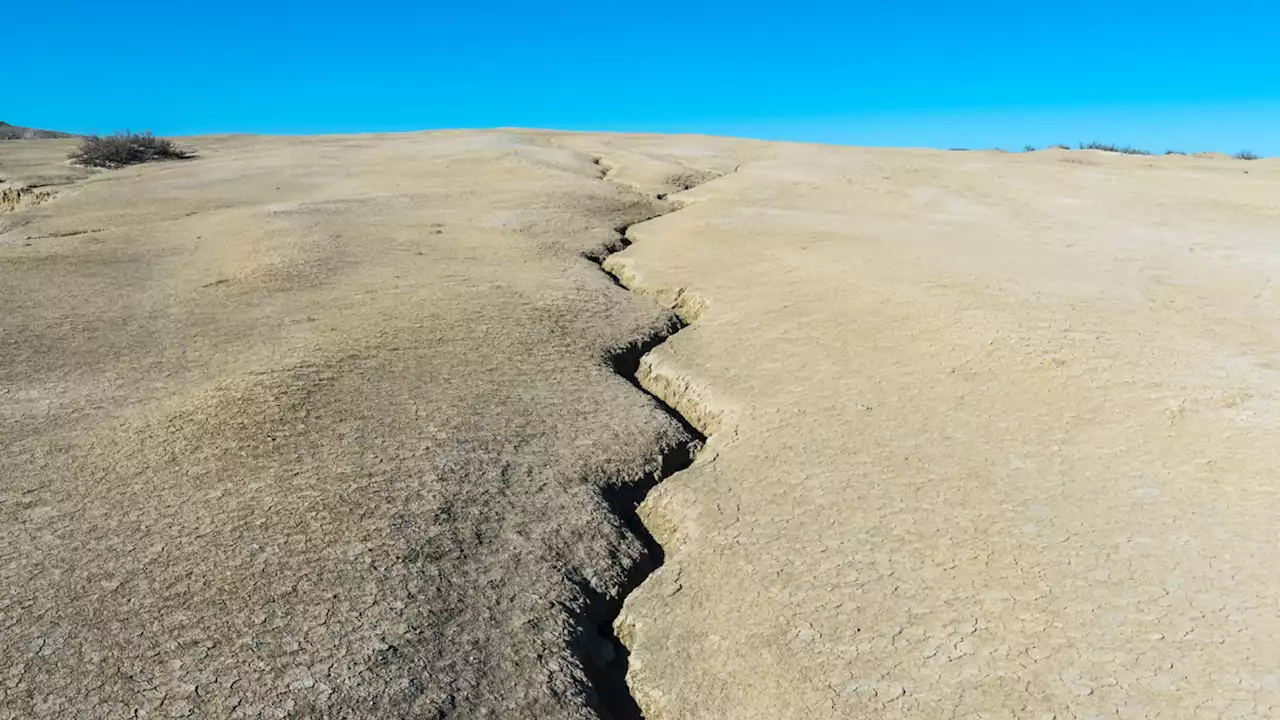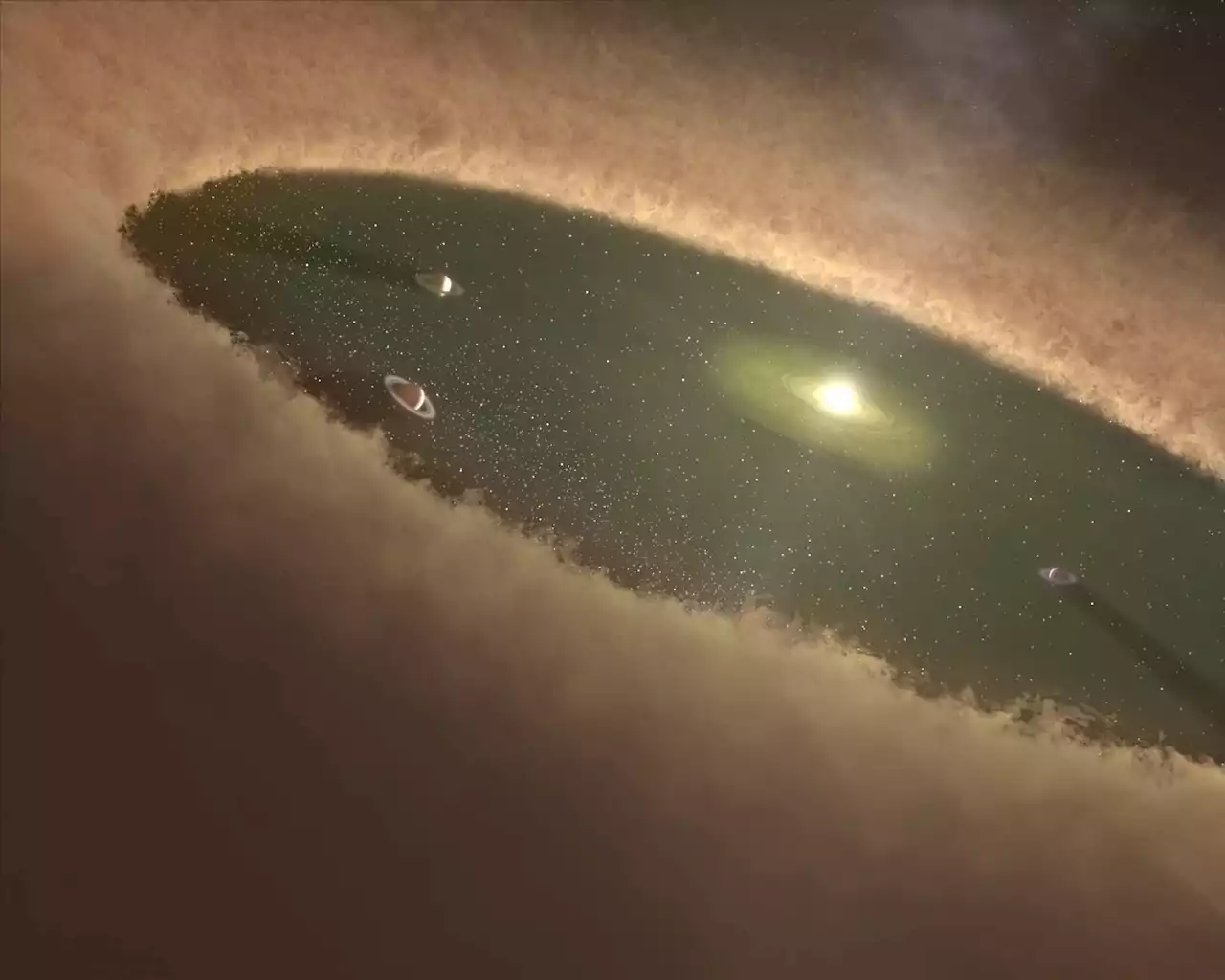There's a growing body of evidence showing that Earth formed more quickly than thought. And it didn't wait for asteroids to bring its water.
Si is a major component of planets like Earth, and is the second most abundant element in the crust, second only to oxygen. Scientists track the distribution of these chemicals from their time of formation in a supernova or other massive dying star, through their decay chains, into their presence in Solar System bodies. The researchers examined samples from more than 60 different meteorites and planetary bodies and analyzed their isotopic compositions.
The research relies on the Solar System’s nucleosynthetic isotopic variability. Scientists use this method to try and trace the development of planets in the Solar System by measuring the presence and abundance of isotopes in different objects. Silicone is an abundant refractory element in Solar System bodies that can serve as a nucleosynthetic tracer. Using it to track the formation of Earth is a significant step forward, according to the authors.
The authors’ evidence showed that once young Earth reached a certain size from dust accumulation, it ‘vacuumed’ up more and more dust from the protoplanetary disk. “There was a disk around the young sun where the planets were growing. The disk was filled with small dust particles. Once a planet reaches a certain size, it sort of acts like a vacuum cleaner, sucking up all that dust very quickly. And that makes it grow to the size of Earth in just a few million years,” says Ph.D.
“People have debated how planets form for a long time. One theory is that planets are formed by the gradual collision of bodies, progressively increasing their size over 100 million years. In this scenario, the presence of water on Earth would need a sort of chance event,” says Associate Professor Martin Schiller, who is also behind the new study.frost line
United States Latest News, United States Headlines
Similar News:You can also read news stories similar to this one that we have collected from other news sources.
 Gloria discloses thousands in new spending by charity formed to support his officeThe For All of Us entity spent over $8,000 on food, concerts and more, new reports show
Gloria discloses thousands in new spending by charity formed to support his officeThe For All of Us entity spent over $8,000 on food, concerts and more, new reports show
Read more »
 Scientists finally crack the reason behind unusual deformation in Earth's crustThe scientists used 3D thermomechanical simulation to investigate the fundamental dynamics of the East African Rift System.
Scientists finally crack the reason behind unusual deformation in Earth's crustThe scientists used 3D thermomechanical simulation to investigate the fundamental dynamics of the East African Rift System.
Read more »
 A Skyscraper-Sized Asteroid Is Swinging by Earth Tomorrow (We’ll Be Fine)The 1,600-foot-long space rock will come within three million miles of Earth.
A Skyscraper-Sized Asteroid Is Swinging by Earth Tomorrow (We’ll Be Fine)The 1,600-foot-long space rock will come within three million miles of Earth.
Read more »
 Without Ozone, the Earth Might Get a Lot ColderNew research has shown just how critical the ozone layer is to the surface temperature of the Earth. Without it, we would be much cooler.
Without Ozone, the Earth Might Get a Lot ColderNew research has shown just how critical the ozone layer is to the surface temperature of the Earth. Without it, we would be much cooler.
Read more »
 An Element Critical for (Earth) Life is Spewing out of EnceladusScientists examining Cassini data find evidence of phosphorus in the icy subsurface ocean in Saturn's moon Enceladus.
An Element Critical for (Earth) Life is Spewing out of EnceladusScientists examining Cassini data find evidence of phosphorus in the icy subsurface ocean in Saturn's moon Enceladus.
Read more »
 A Day on Earth Used to Only Be 19 HoursA new study has revealed that for 1 billions years, a day on Earth lasted for about 19 hours.
A Day on Earth Used to Only Be 19 HoursA new study has revealed that for 1 billions years, a day on Earth lasted for about 19 hours.
Read more »
